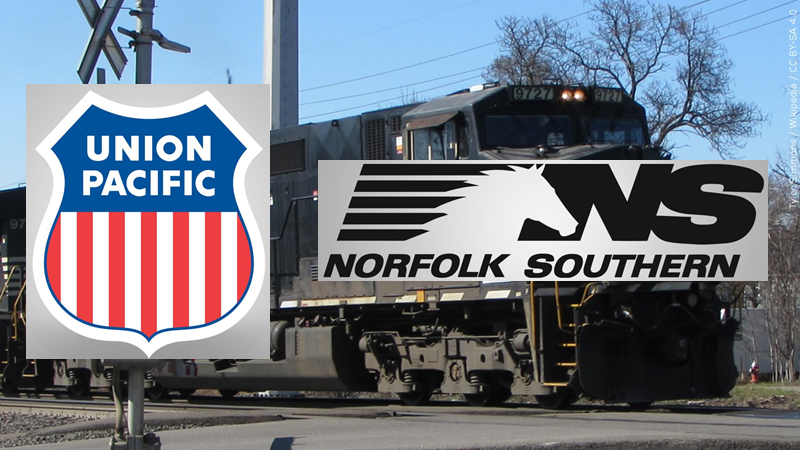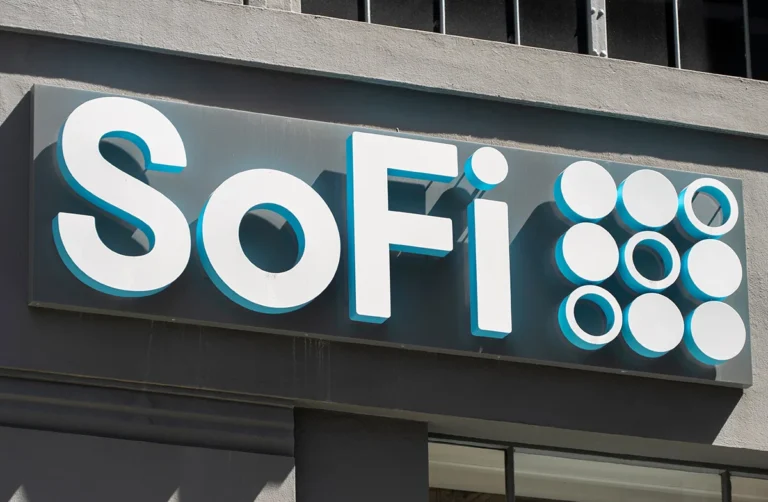
Pic Credit: Rural Radio Network
A historic railroad transformation is underway. On July 29, 2025, Union Pacific Corp. announced an $85 billion stock‑and‑cash deal to acquire Norfolk Southern Corp. If approved, the merger will create the first coast‑to‑coast single‑line railroad in U.S. history, integrating 50,000–68,000 miles of track across around 42–45 states, and consolidating operations worth over $200 billion.
Strategic Sentence of the Deal
Union Pacific dominates the western two‑thirds of the U.S., while Norfolk Southern serves 22 eastern states. By combining networks, the merged entity would eliminate costly interchange delays in logistics hubs like Chicago, Memphis, and New Orleans. This streamlined network could reduce transit times by 10–30%, improving freight‑car velocity by 10% and shaving off hours in intermodal handling.
Analysts estimate annual operational cost synergies of $1 billion to $2 billion by 2027–2030 through route rationalization, shared maintenance, IT consolidation, and increased locomotive efficiency.
Regulatory & Competitive Landscape
The merger must pass rigorous regulatory scrutiny by the U.S. Surface Transportation Board (STB), the Department of Justice, and potentially Congress. Under the STB’s 2001 merger rules, companies must prove the deal enhances competition and serves public interest.
Critics argue the move would shrink Class I railroads from six to five, increasing pricing power and reducing customers’ bargaining options. There’s concern this could impose rate increases in rail‑dependent sectors like coal, grain, and chemicals.
Still, with STB Chair Patrick Fuchs (appointed under the Trump administration) signaling a more industry‑friendly posture and a pro‑consolidation tilt at the federal level, some analysts believe approval odds may be as high as 75%. However, the review process is expected to last 19–22 months, possibly stretching to early 2027 before closing.
Conditions such as divestitures, reciprocal‑switching mandates, or restrictions on key routes could be imposed, potentially limiting the financial upside.
Financial & Investment Implications
The merger announcement produced mixed stock reactions: Union Pacific shares fell roughly 1–2%, while Norfolk Southern shares initially rose 2–4% amid speculation about takeover premiums. Norfolk was valued at $320 per share, representing a ~25% premium over its recent 30‑day average price.
Union Pacific already delivered a strong Q2 2025 earnings of $1.8 billion with an operating ratio of 58.1%, compared to Norfolk Southern’s higher-cost operations (operating ratio around 66%).
Major investment banks like Jefferies raised Union Pacific’s ratings to “Buy,” projecting post‑merger EPS of≈ $18 by 2027 versus $14 without the merger. Norfolk Southern was downgraded to “Hold”—much of its future upside is seen as priced in.
If the merger clears regulatory hurdles largely intact, long‑term investors could see meaningful value creation. By 2030, the merged enterprise might generate $36 billion in revenue, command roughly 35% market share, and deliver operating margins of 18–20%, up from the current ~15.5% industry average.
Conversely, investor caution is warranted: review delays, regulatory concessions, or labor resistance—unions have historically opposed rail mergers—could cause costs or dilute synergies.
Broader Industry Impact
The deal could catalyze further consolidation, prompting moves by BNSF and CSX. The Canadian Pacific–Kansas City Southern merger in 2023 already set a precedent, but a domestic coast‑to‑coast tie‑up of this scale would reshape the landscape.
Shippers may gain smoother logistics and faster service, especially in intermodal-heavy corridors tied to e‑commerce and automotive supply chains. The automotive logistics sector—moving auto parts and finished vehicles—could specifically benefit from reduced handoffs and improved reliability across cross-country lanes.
Conclusion
This proposed Union Pacific–Norfolk Southern merger represents one of the most consequential rail deals in modern U.S. history—a potential $85–200 billion megamerger that could deliver coast‑to‑coast service, cost synergies of over $1 billion annually, and long‑term scale advantages. But that vision hinges on navigating intense regulatory scrutiny, competitive concerns, and labor dynamics. For investors and industry observers alike, the path to approval—with its pending concessions and costly conditions—will determine whether this merger becomes a transformative milestone or a cautionary tale.
Read more here





